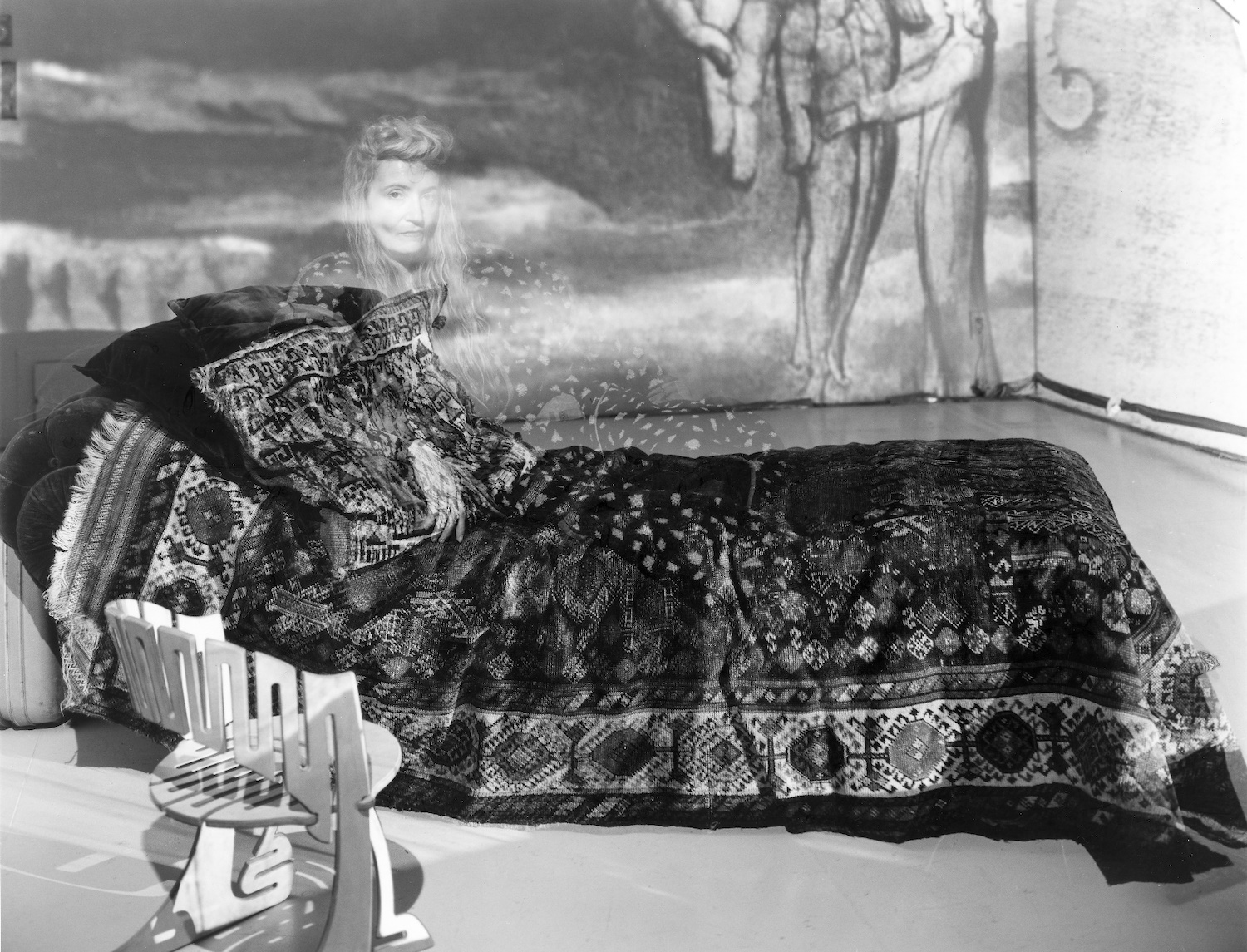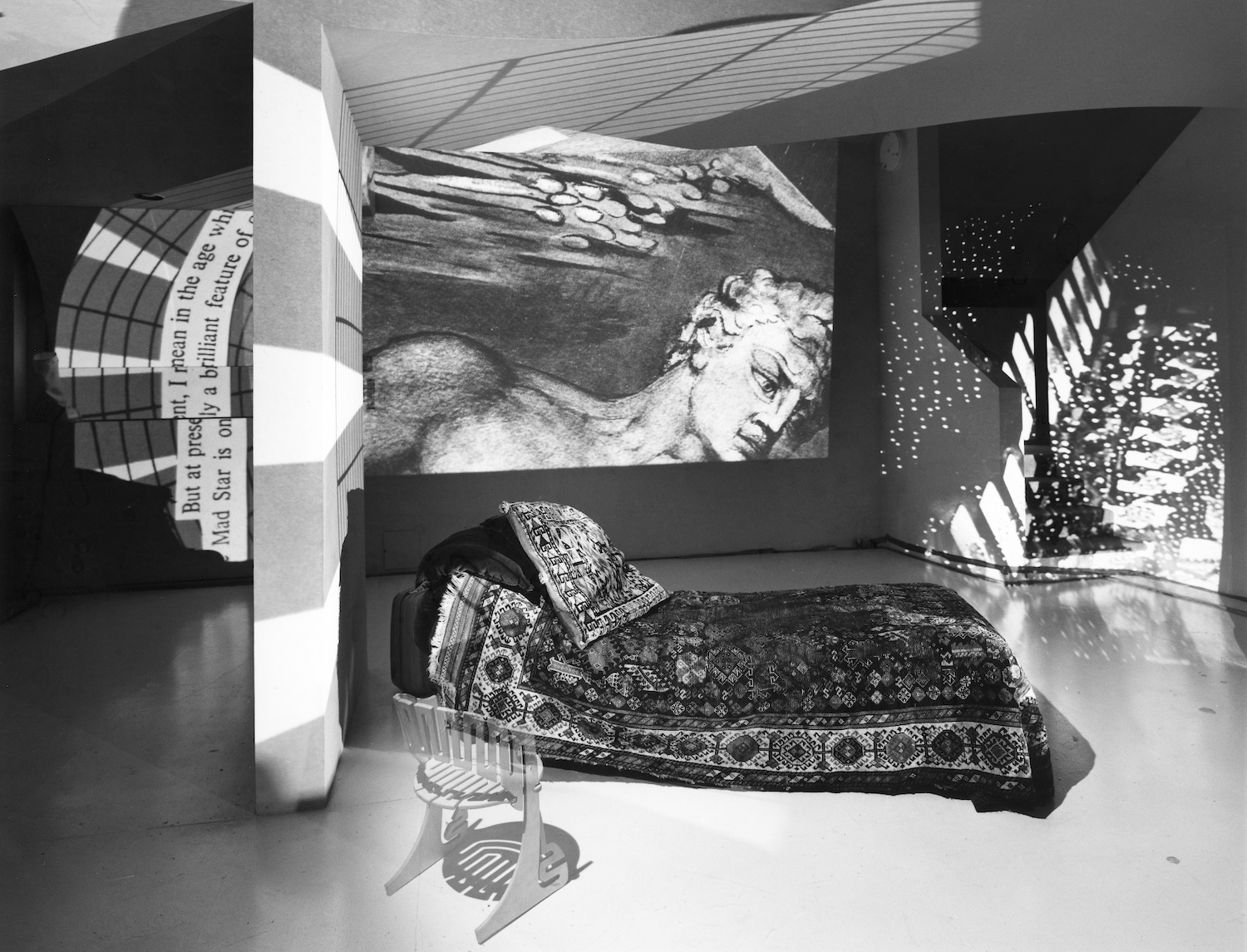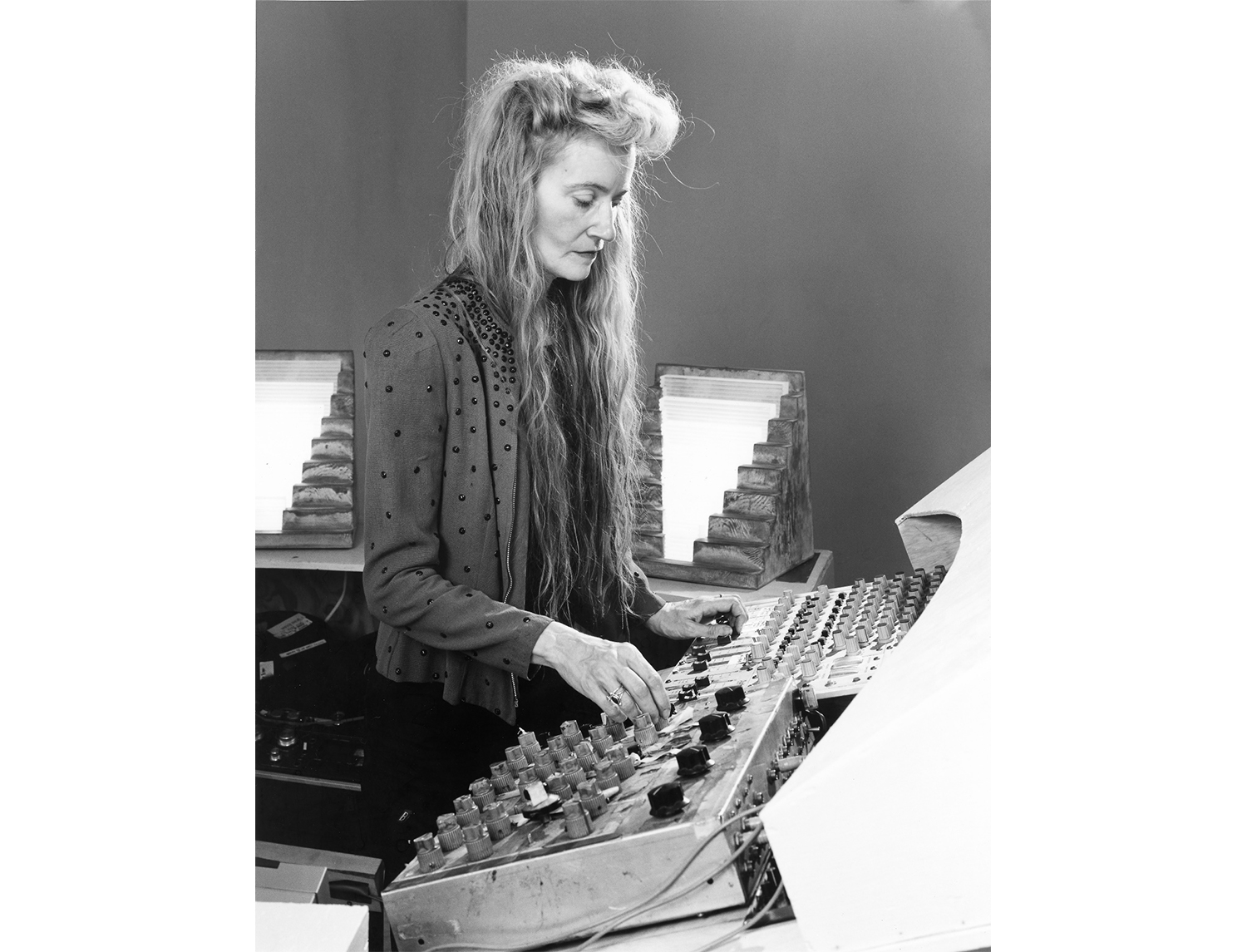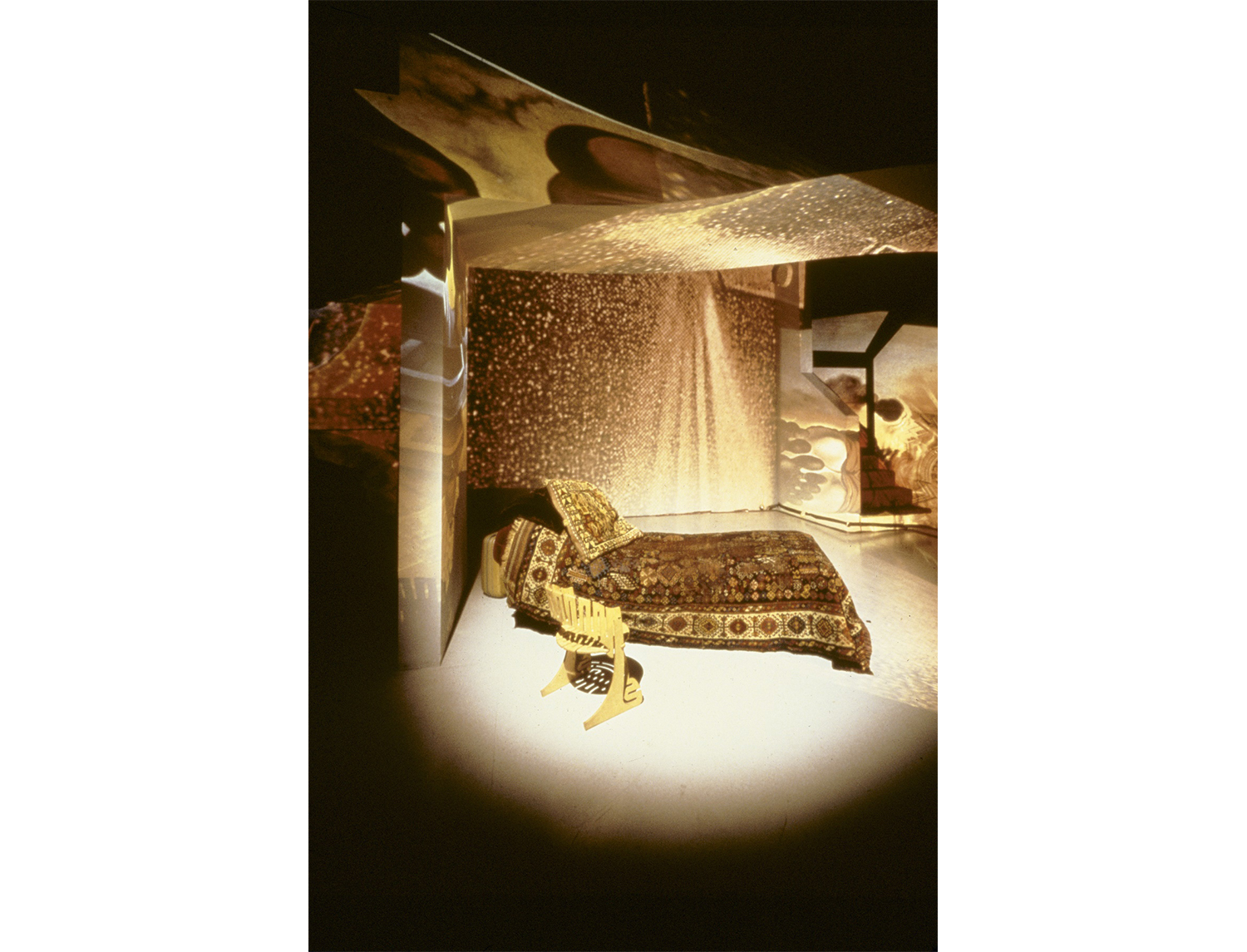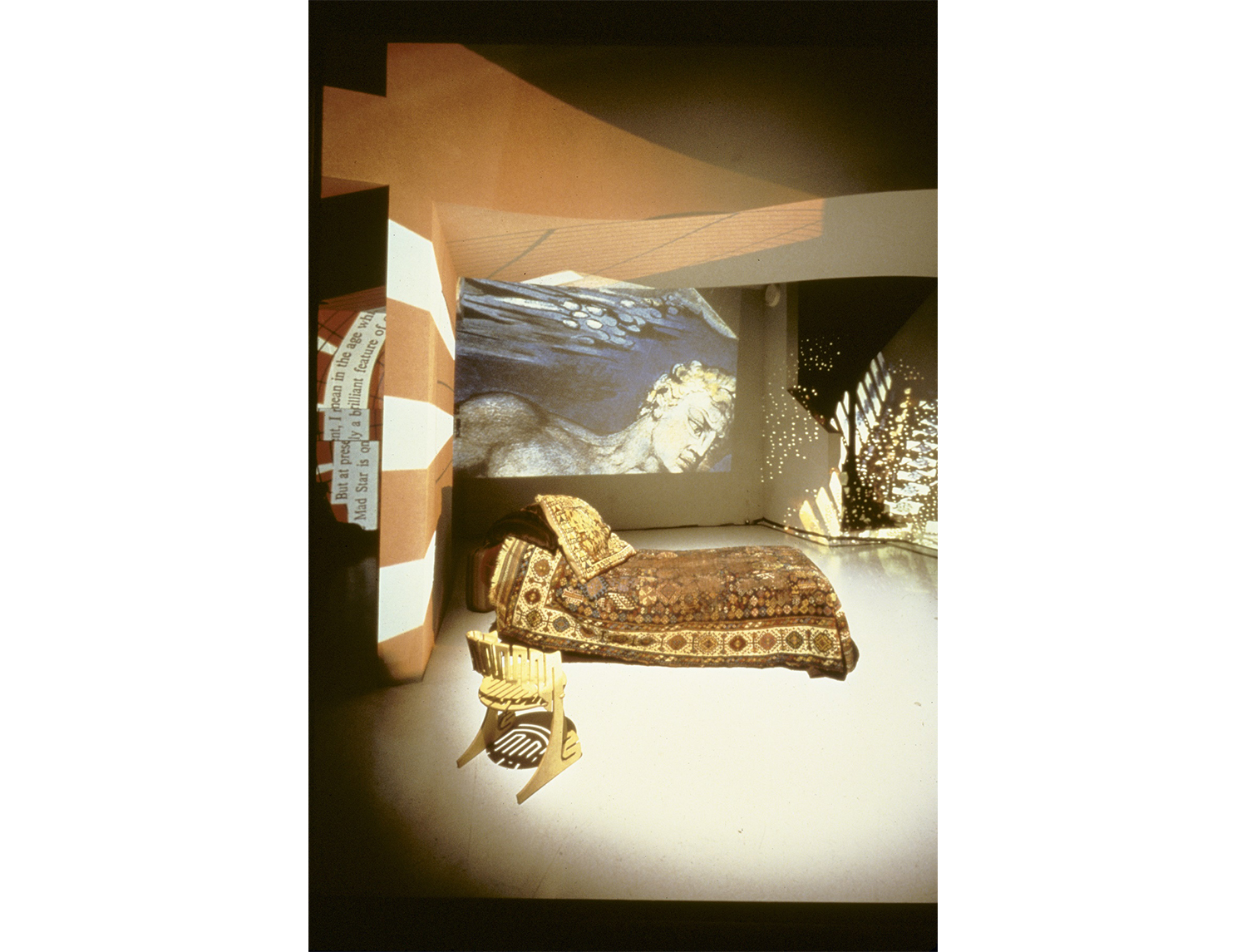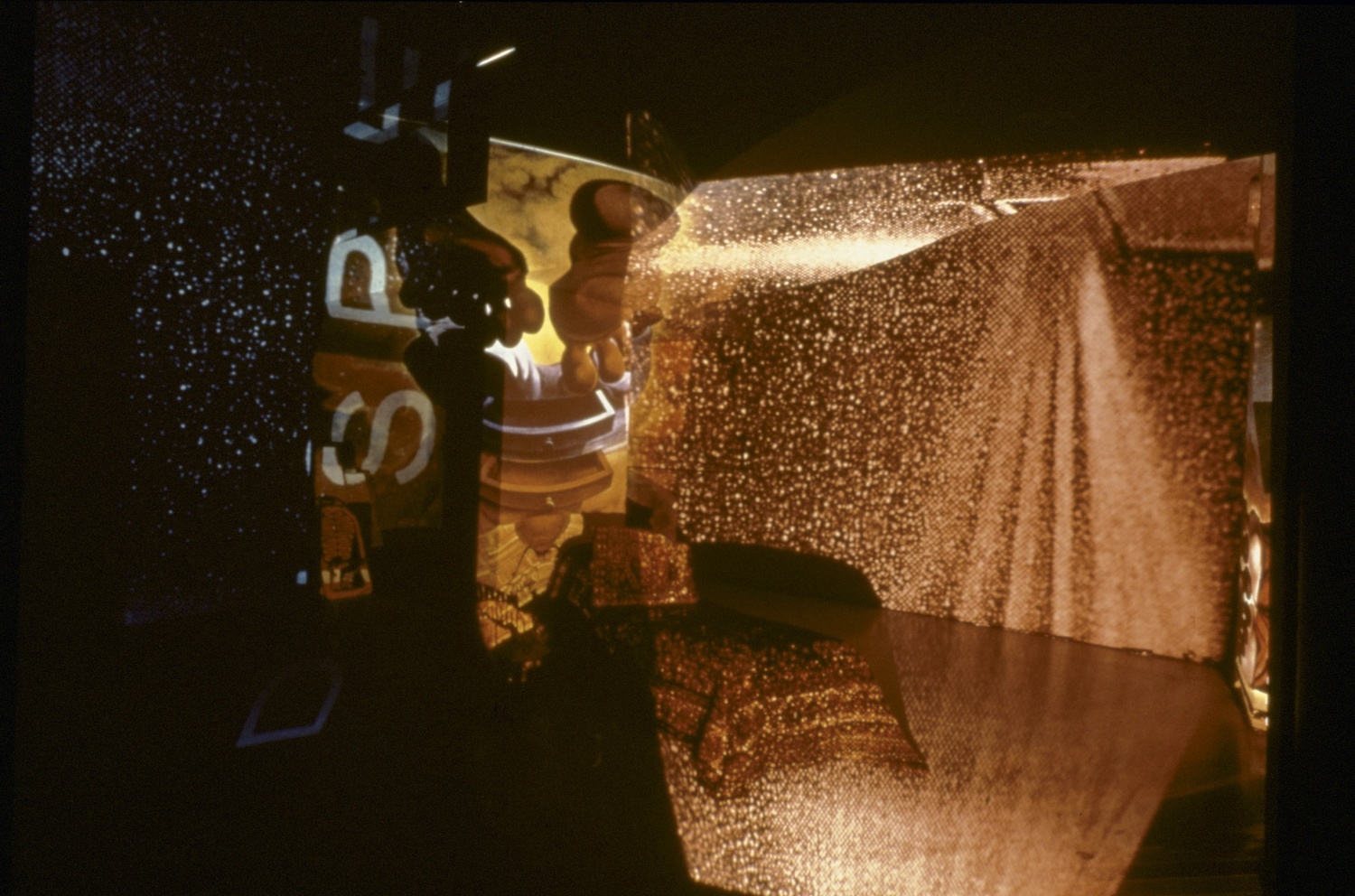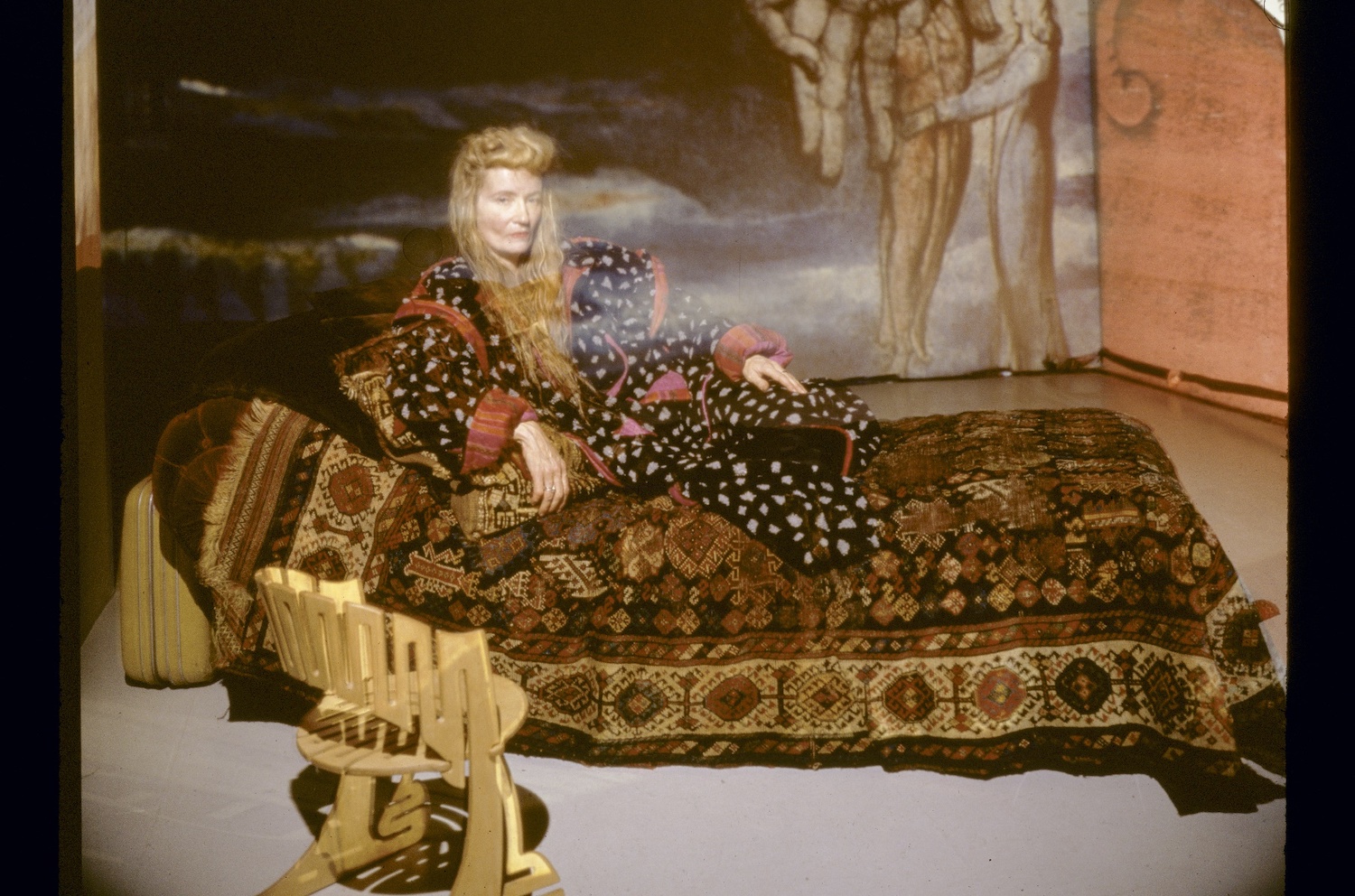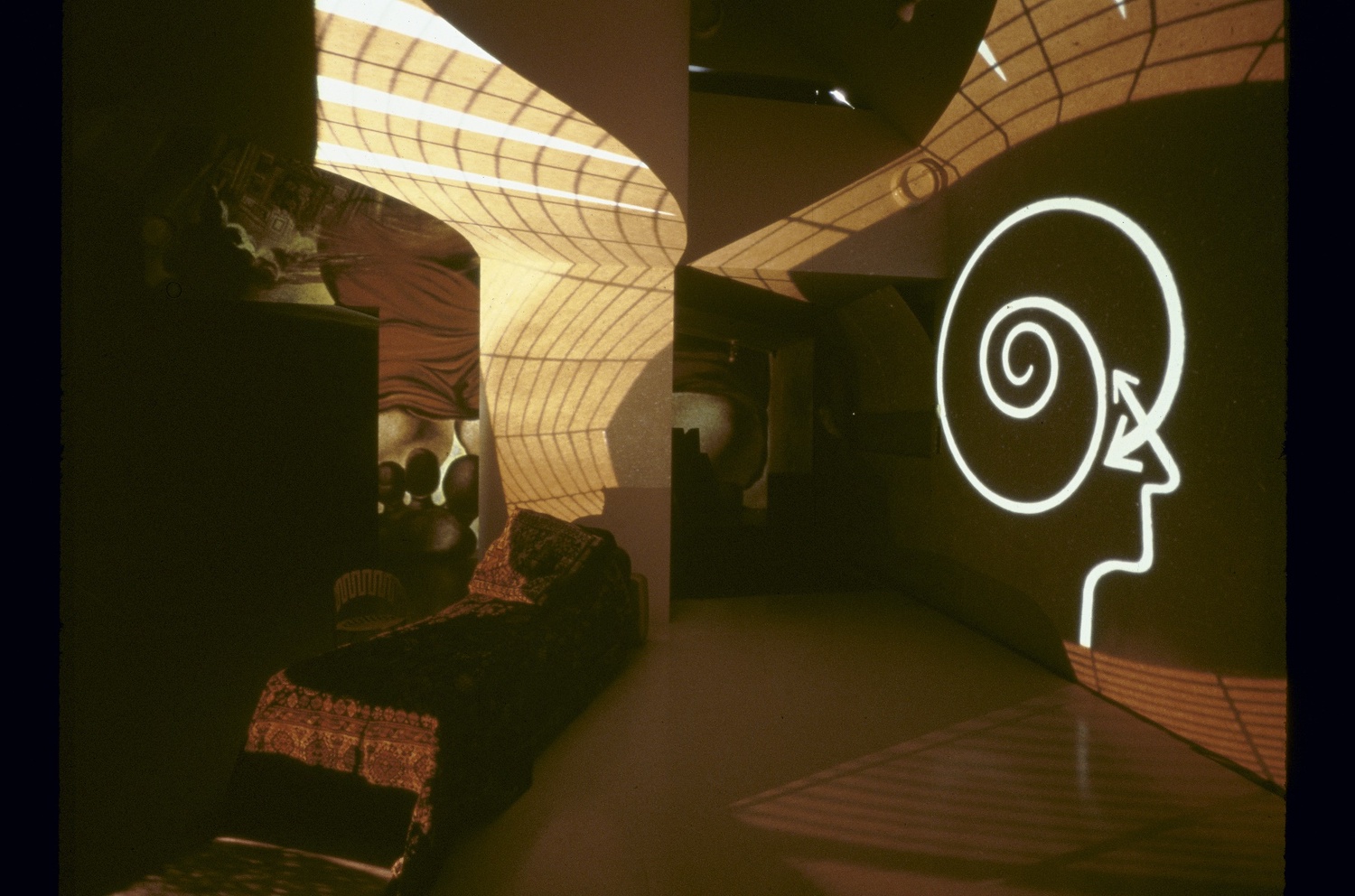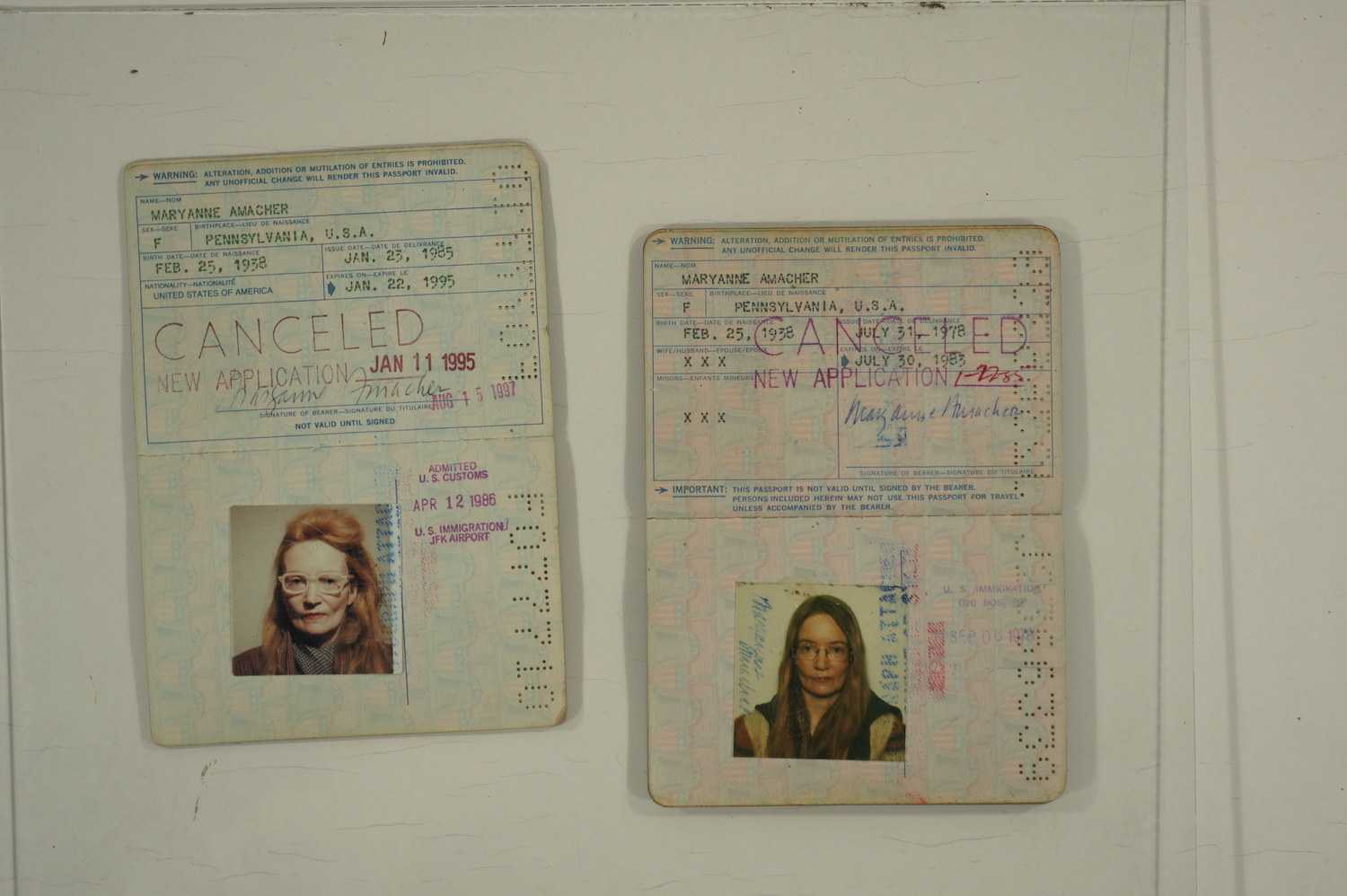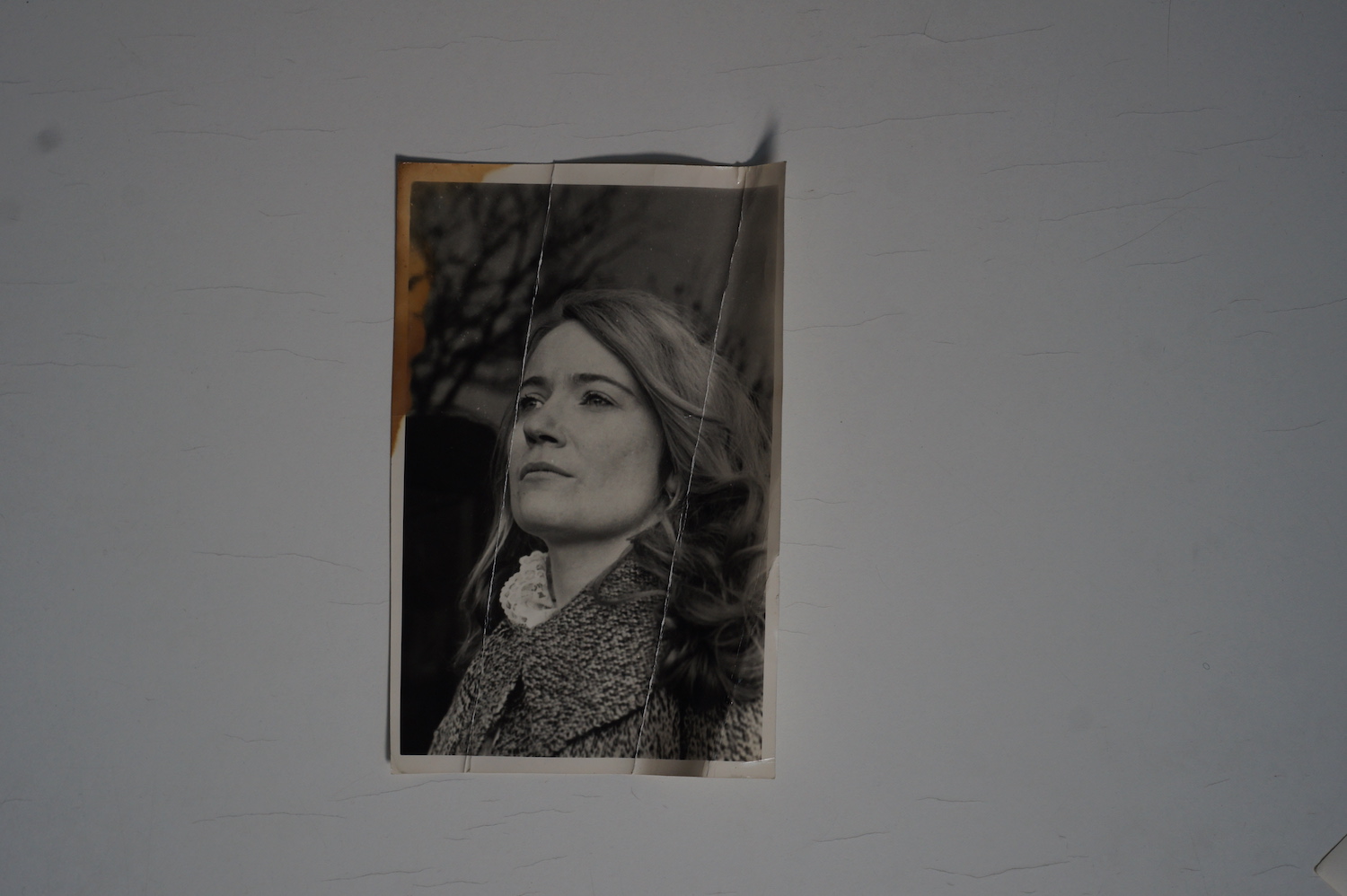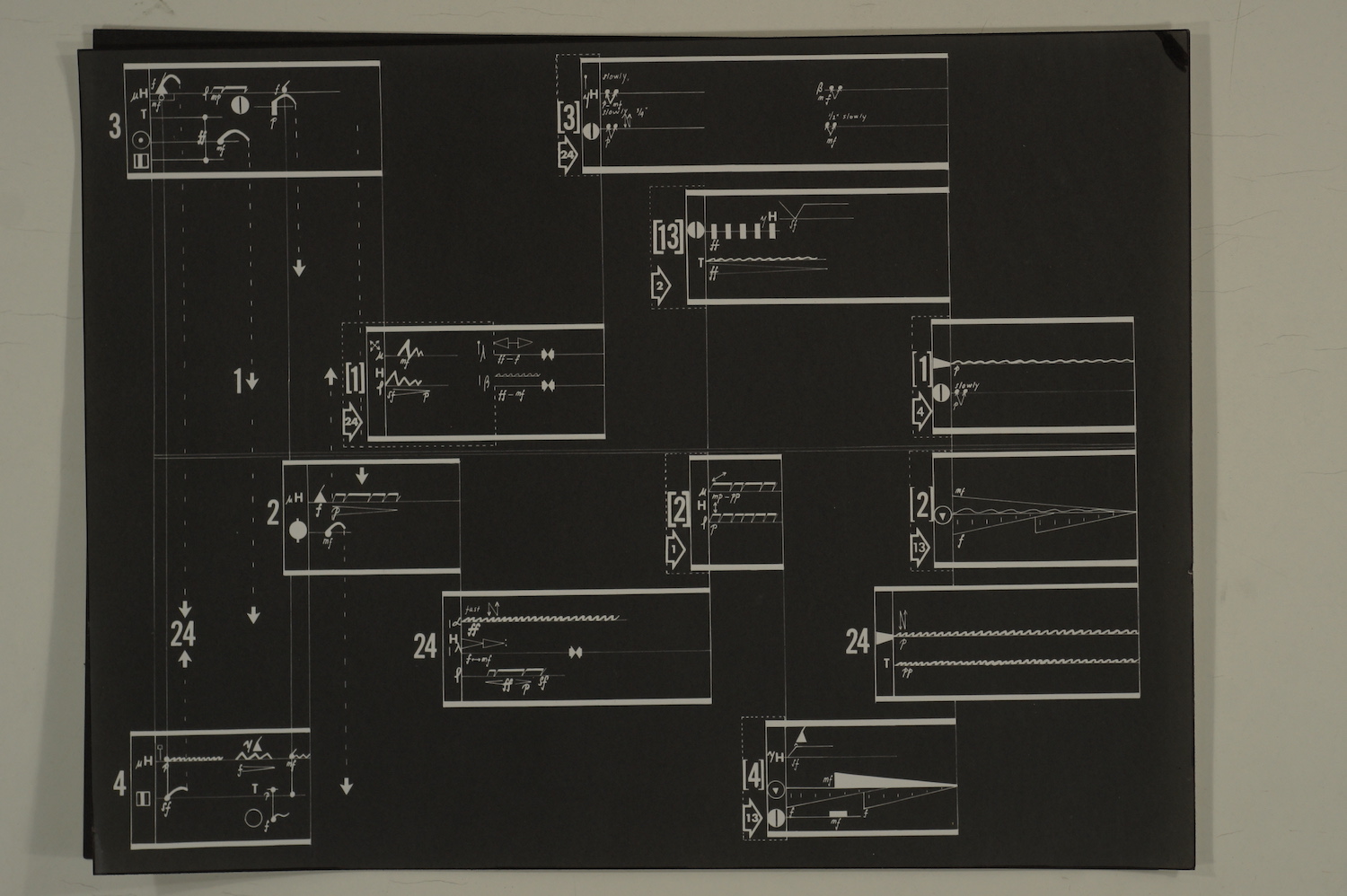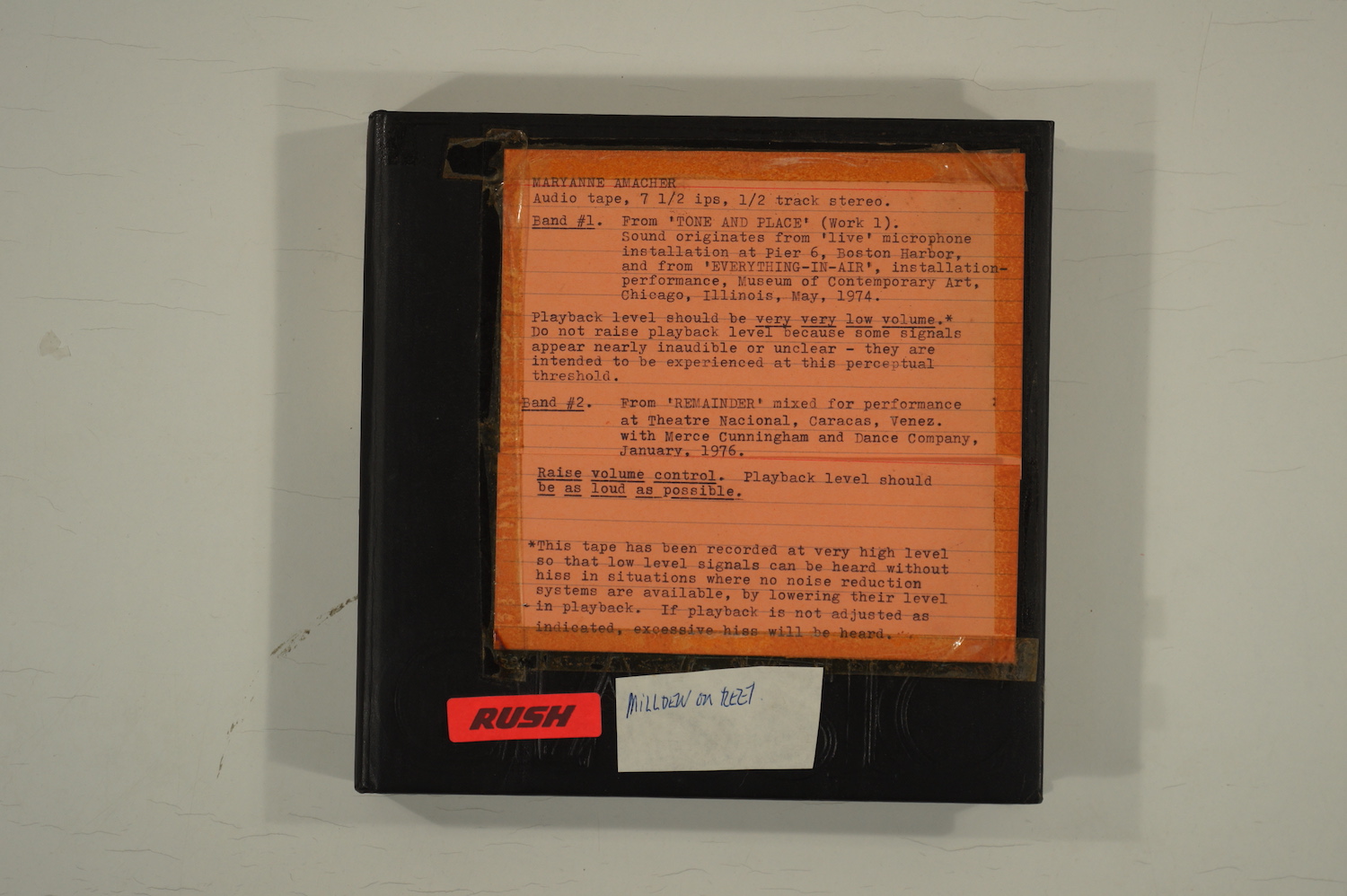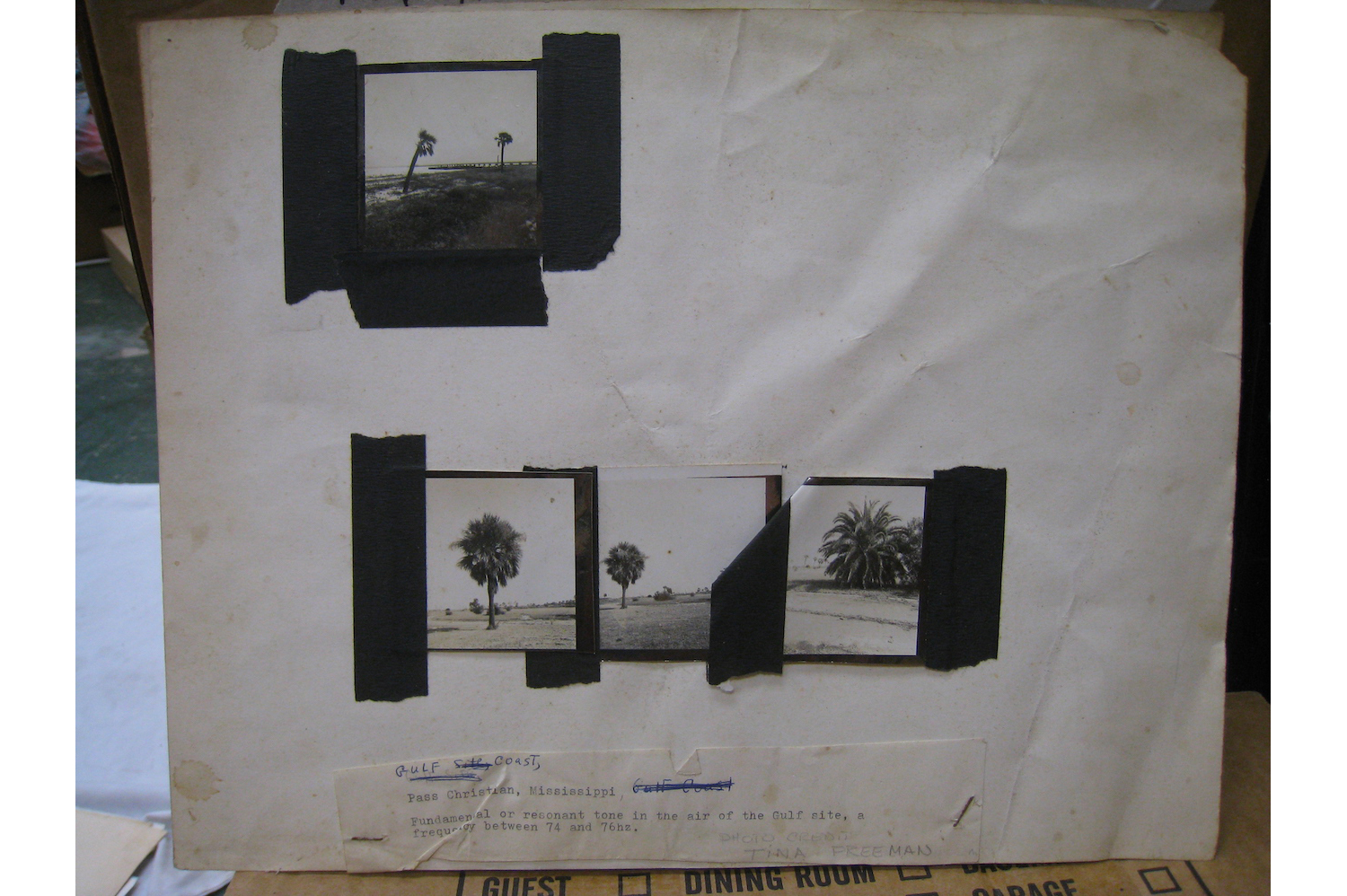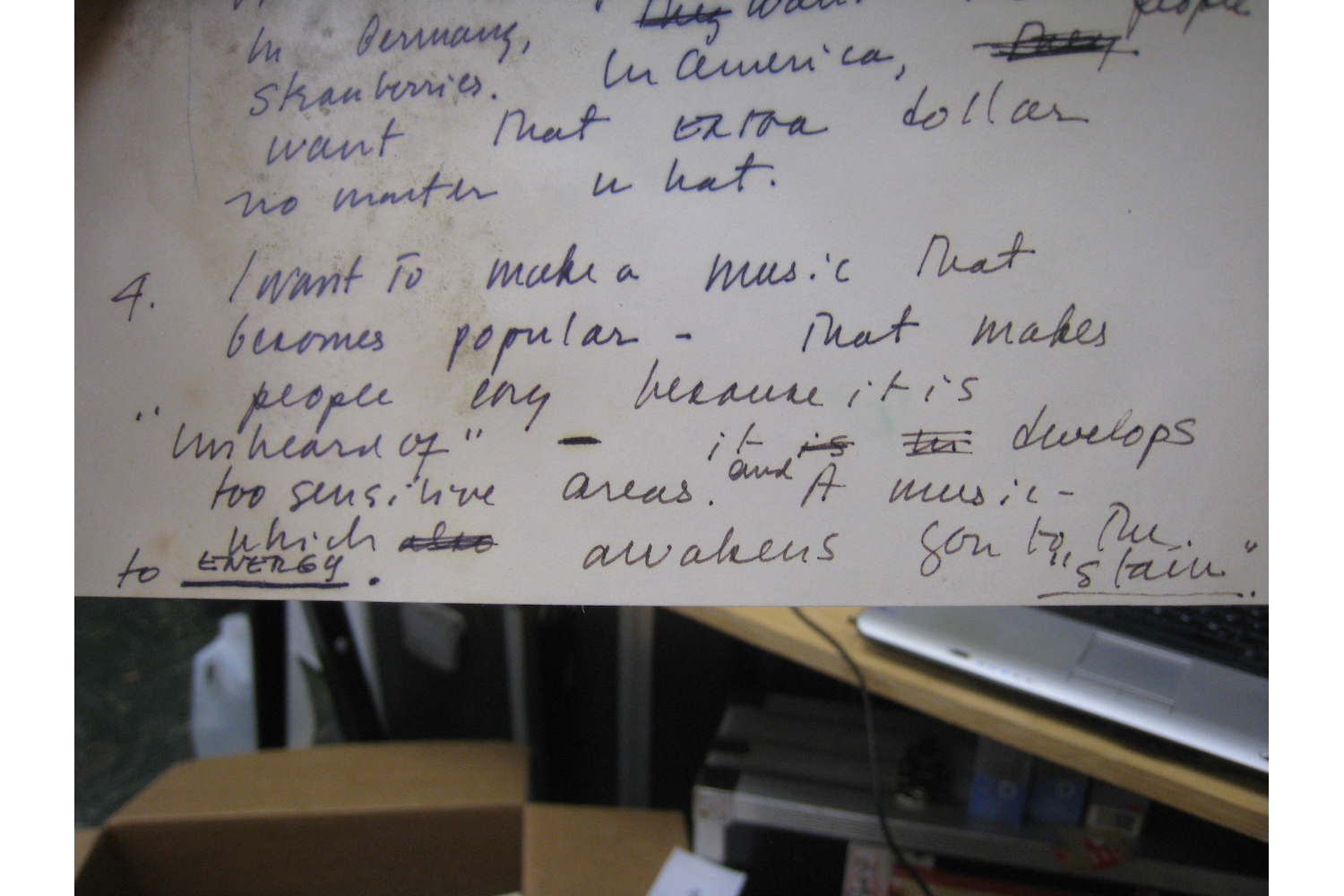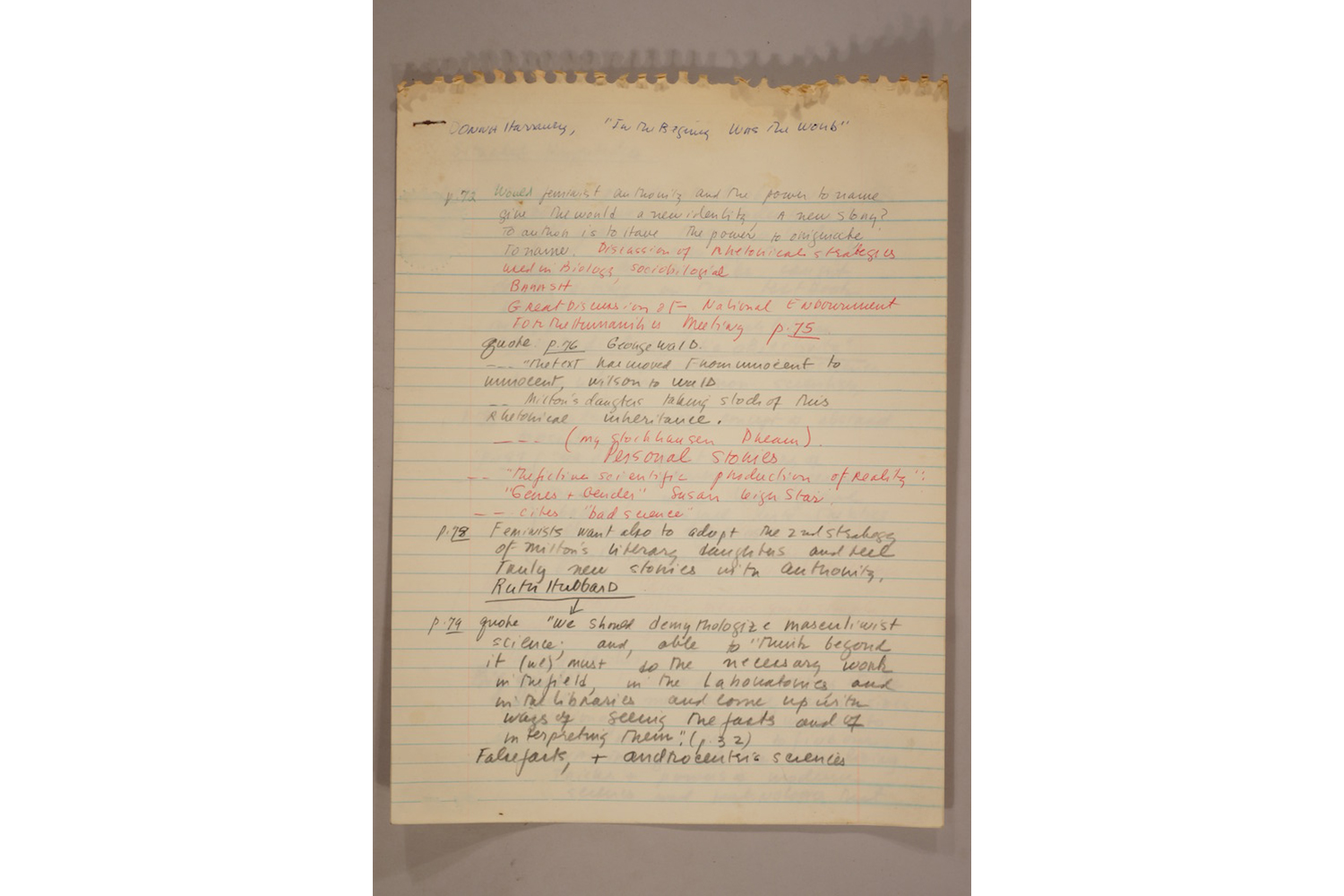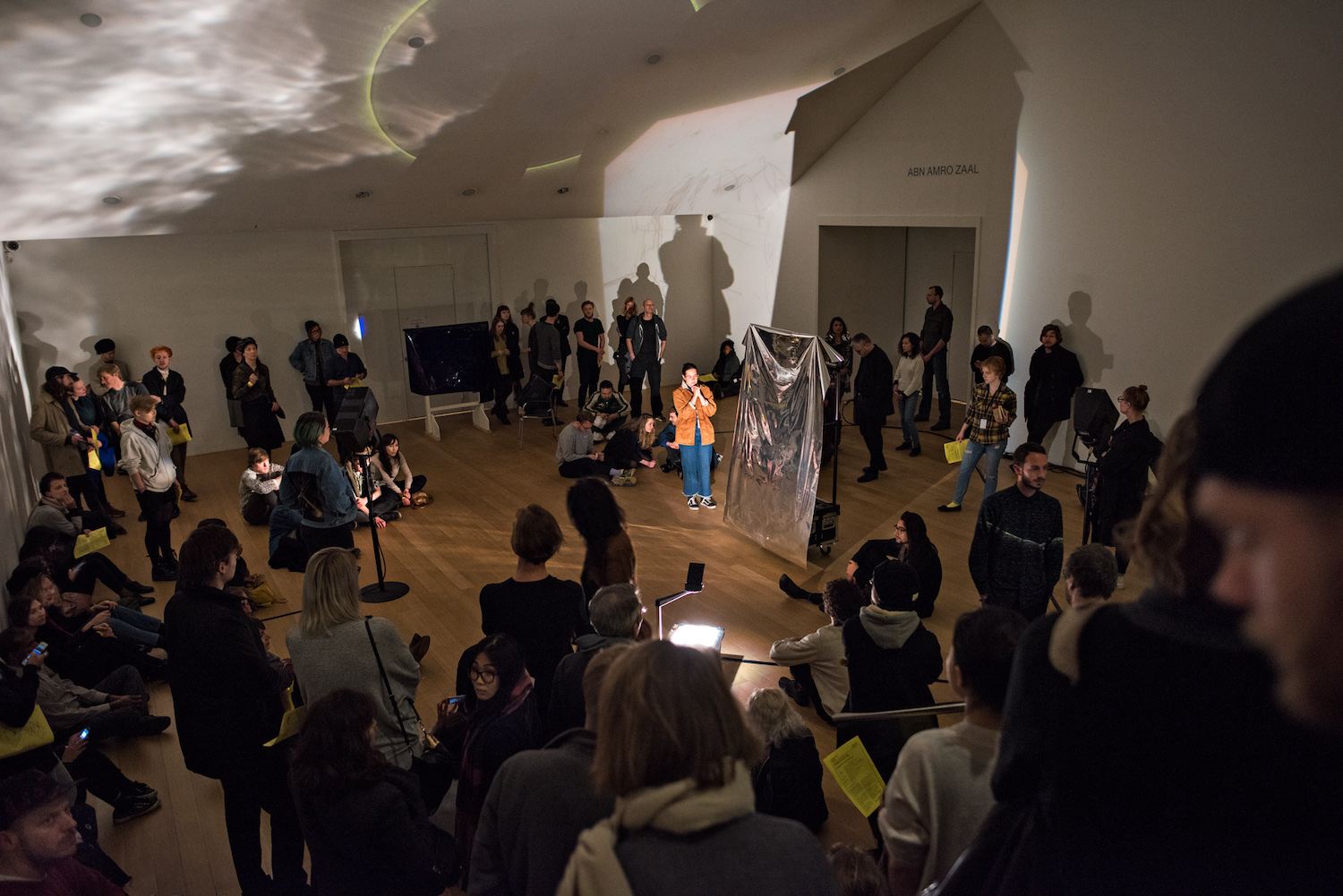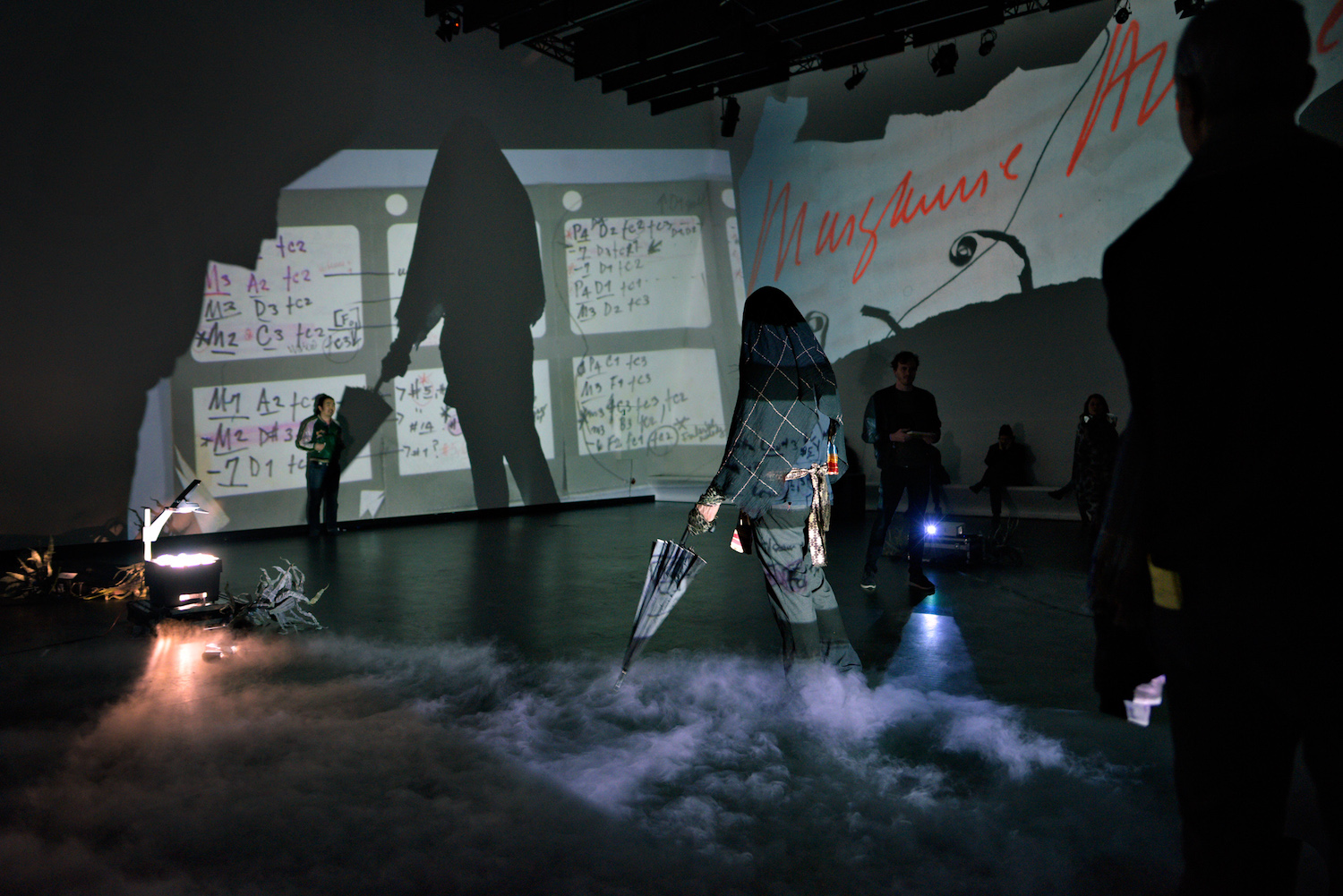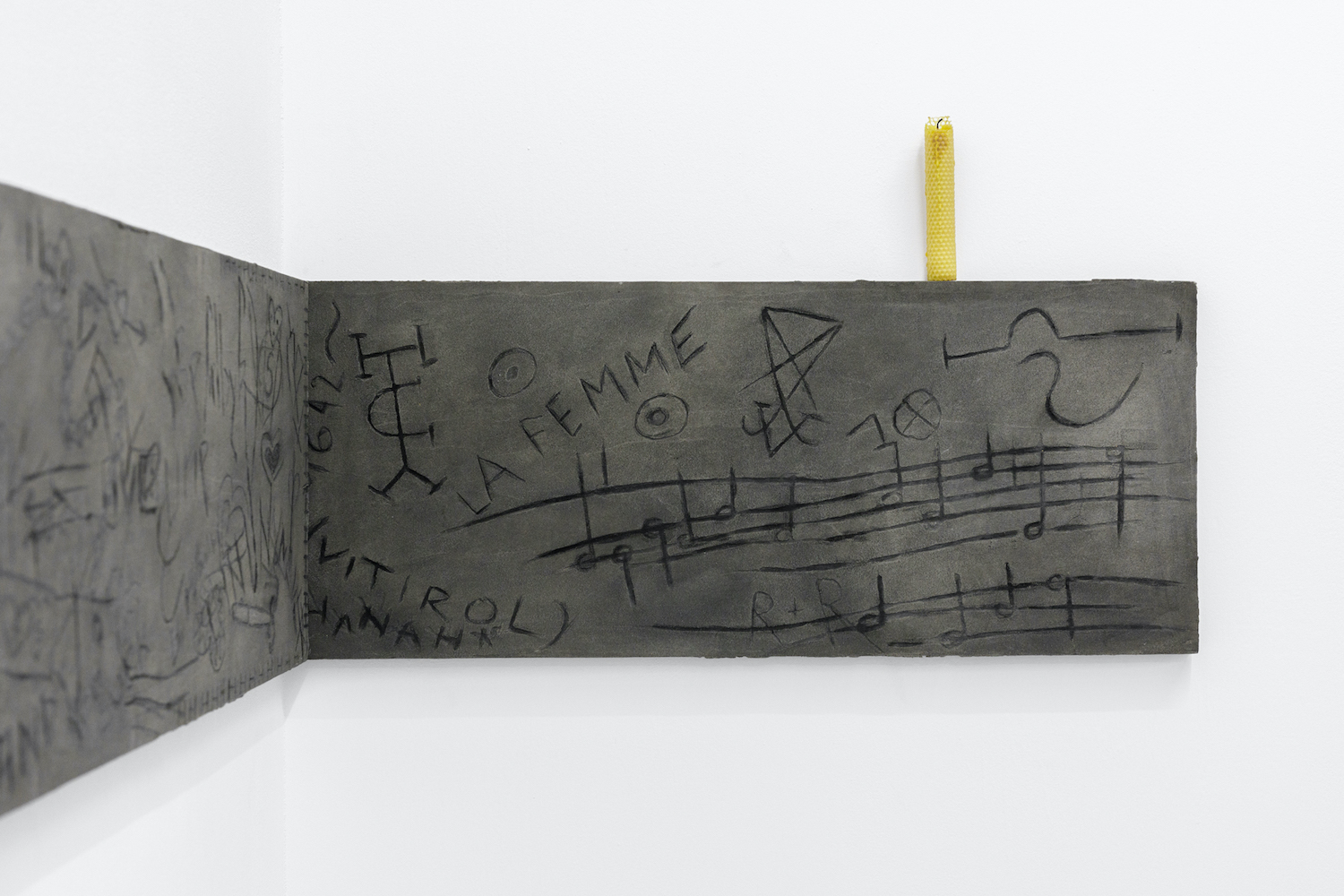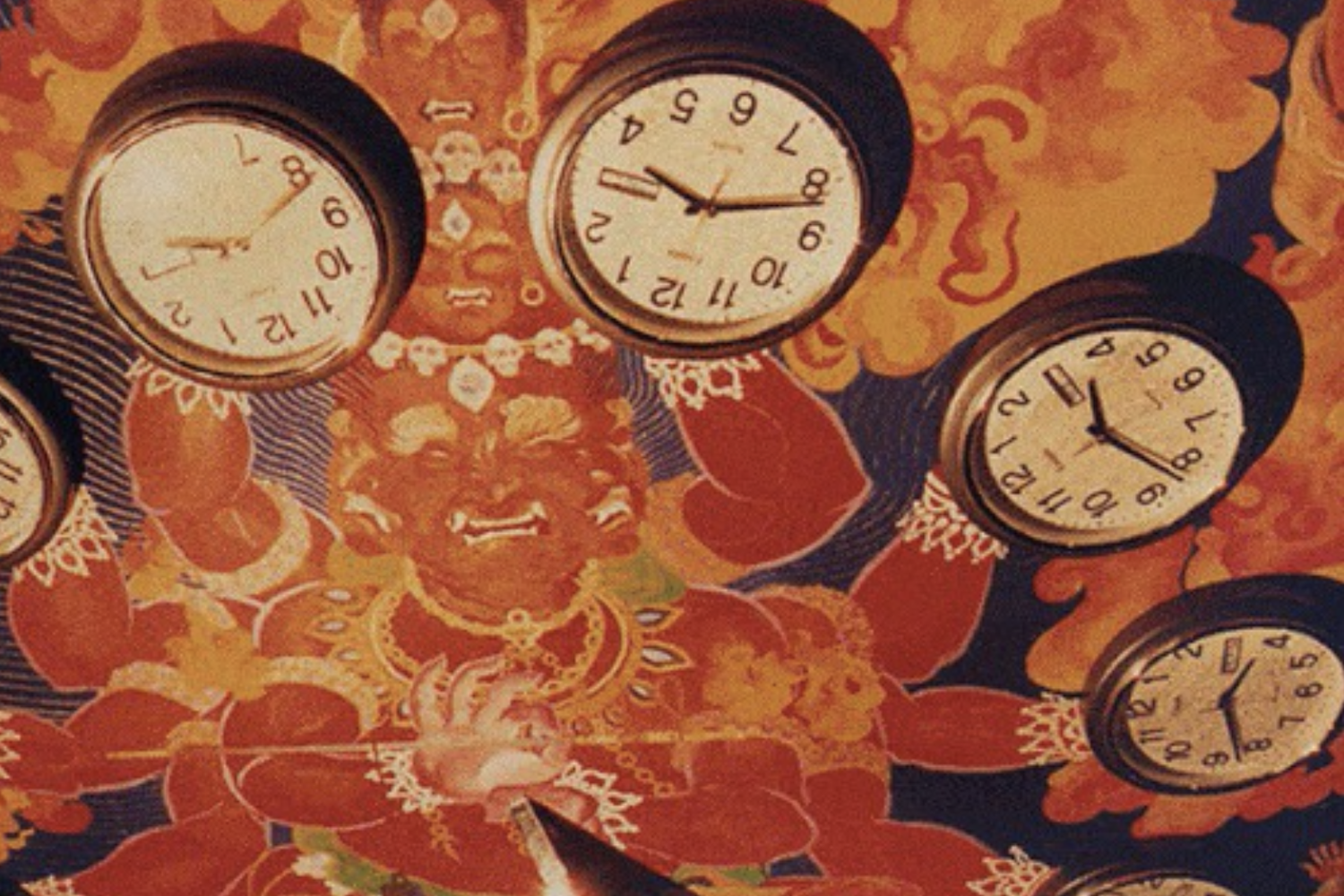“Listening In” is a column dedicated to sound, music, and listening practices in contemporary art and its spaces. This section focuses on how listening practices are being investigated and reconfigured by artists working across disciplines in the twenty-first century.
Amy Cimini and Bill Dietz are the co-editors of Maryanne Amacher: Selected Writings and Interviews, recently published by Blank Forms Editions. The long-awaited volume is an initiative of the Maryanne Amacher Foundation, established in 2020 by a group of the composer’s friends, peers, and collaborators to promote Amacher’s work and provide insight into her soundworlds.
Kate Galloway: I want to begin by saying that I love your use of the phrase profoundly partial in situating this volume. I can think of so many instances where fragments, scraps, or partial documentation are disregarded or undervalued because of their lack of completeness. What becomes valuable is how they are quilted and stitched together. Can you reflect further on this process?
Amy Cimini: So much would be lost were we to disregard fragmented material traces in the Amacher archive. Fragmentation asks us to redefine what we imagine to be also rigorous and who and what an opposition between the two excludes. This applies to research about Amacher as much as her own research methods. Her handwritten annotations in news articles alone depict a voracious reader who integrated new knowledge into her thought and practice almost on sight. Amacher was also an engaged reader of a burgeoning 1980s feminist science studies, evidenced partly in her reading notes on Donna Haraway’s Simians, Cyborgs, and Women. So, we tried to name an editorial ethos that also amplified the epistemologies that blossom through the book and that Amacher seemed to highlight in her notes. To “partial,” we could also add the keywords embodied and situated to describe how this book tries to gather up “Amacher,” in this instance, as a specific web of perspectives or viewpoints.
KG: We often encounter issues concerning the accessibility of “new music” — perhaps a composer’s materials are rare or the artist herself wasn’t able to maintain complete records. In putting together this collection, how did you balance significant materials that provide insight into Amacher’s idiosyncratic practices with other more unexpected documents?
Bill Dietz: Broad, well worn, staid, and exceedingly American “new music” and accessibility debates couldn’t be more irrelevant here. From at least 1965, when she participated for the last time in the conventional composer-performer-audience recital paradigm, questions of “high” versus “low” or “complex” versus “accessible” are programmatically left behind by Amacher. In centering reception, she directly oriented her work toward “CONSCIOUSLY CLAIMING the ENERGY OF RECOGNIZING sensitivities that mind is endowed with but does not acknowledge.” The efficacy of this attempt to address the full capacity and intelligence of listeners’ sensoria is borne out in the broad reception Amacher’s work continues to find to this day. In this sense, the scarcity of publications and limited access to her ideas in her lifetime might be read as a necessary means to disambiguate the paradigmatic “accessibility” of her work from the miasmic public discourses (“new music,” “sound art,” “contemporary classical”) surrounding it that were all too eager to misrecognize her.
KG: I also appreciate your inclusion of materials from unrealized project proposals, which highlight the value of productive failure when incomplete or abandoned ideas are connected to other trajectories she followed. What do you think we can learn from these unrealized projects in various stages of development?
AC: Working with these writings casts us between the unrealized and the unrealizable and asks what critical questions can emerge from that liminal space. Certainty much was said about these proposals that they cannot, themselves, disclose. I have written elsewhere about how CAVS director Gyorgy Kepes tried (unsuccessfully) to make Anywhere City’s speculative environmental acoustics legible to NEA evaluators. And so, in one sense, these proposals limn questions about how speculative or conceptual work was differently valued within 1970s historical coordinates and amid different instrumentalizations across US cultural policy initiatives. But, as her writings about “City-Links” also suggest, Amacher ceaselessly imagines how sound and listening were dispersed and relayed across social and embodied worlds. Sound elides presence to point also to ongoing sound elsewhere. I tend to read the proposals through such a lens. That is, how does Amacher continue the sonic or experiential imaginations in foreclosed or rejected proposals in other locations? In both the writings about Anywhere City and the Levi-Montalcini Variations, Amacher seems to describe less a “project” than complex and comprehensive research circumstances that would foster deep collaboration with embodied and interaural experience at their center.
KG: Many scholars are discussing the challenges of archiving sonic environments and performance experiences at risk of being forgotten because one “had to be there.” How do we preserve and represent these ephemeral, embodied, and fragmented practices that Amacher and other composer/sound artists engaged in?
BD: So much of the thinking Amacher did in the 1970s around her telematic “City-Links” series, as well as her two “Tone of Place” works, is about complicating notions of “being there” from the get go. In a sense, what she’s figuring out in such works is just how notions of “presence” are constructed. If we understand this, then the emphasis on “liveness” in her works from the 1980s onward is bracketed — that is, we have to keep in mind that “live” for her is never the essentialist commonplace often assumed and projected. “Live” in her mind is always synonymous with “virtual.” What this means for her posthumous reception is double: that there is a need to articulate what is indeed irretrievably lost in her passing — what simply cannot be done or known without her, and to articulate the need for a thinking and a practice that exceeds those limits along the lines that her work also demands. In a sense then, the Selected Writings volume, in its painstaking attention to underscoring the various refusals that distinguish the scope of Amacher’s project, must also be seen or thought in relation to the activities of SUPREME CONNECTIONS — the collective of Amacher folx who since 2012 have been creating speculative “realizations” of Amacher’s large-scale working method.
KG: You write, “These fragments underscore that her soundworlds, enthusiasms, and ways of producing knowledge are also archived in the ears, practices, and lives of so many others.” Can you say more about the importance of the voices of others in this collection?
AC: We had been thinking about this book as an opening onto new research arcs that place Amacher at their center. And so in one sense, this passage looks forward to readings that are yet-to-come in the hope that other remembered or imagined experiences with Amacher’s soundworld can weave together with this book, creating an archival fabric that registers how knowledge and intimacies with Amacher’s work are dispersed in such a complex way. Indeed this is one expanded approach to “archive” that we attempt to capture in our introduction. However, this also belies innumerable divergences. Some appear in the conversation with artist Keiko Prince with which we conclude the book. When we began collaborating with Keiko in concert with both Blank Forms and SUPREME CONNECTIONS in 2016, we also began to weave together our often text-centered research with insights that inhered in her decades-long friendship with Amacher.
KG: By curating an archive and publishing a selection of an artist’s papers this book also participates in the very processes of canonization that had excluded or misrepresented Amacher previously. How did you take Amacher’s mode of knowledge production and her strong resistance to certain forms of representation into consideration while working with items from the archive and arranging them for the publication? In your introductory essay, you write, “In that sense, continuing Amacher’s project without her, without her living ears, is as in keeping with that project as it is fundamentally opposed to any closed, complete, whole notion of a ‘her’ herself.” Can you expand on that?
BD: In a certain sense, part of our answer is implied in another passage in our introduction, when we write that, “the work she was fabulating was paradigmatically incompatible with the world as currently structured along gendered, racialized, temporalized, capitalized fault lines.” Which is to say: there is indeed a fundamental dissonance between her work and the canon (insofar as that hegemonic notion remains intact). She refused the notion of “the work” as such. She prioritized the listener over the artist. She did everything she could to articulate and offer us an “elsewhere,” an “otherwise” in, or adjacent to, the world. To allow all that to be reduced in canonization to just more “great art” would be a deep betrayal. In grand terms, clearly there is no solution to this problem “in this world.” But instead of resigning ourselves to that realization and allowing her work to be misunderstood away into “greatness,” we see the outlines of another way by further following Amacher’s centering of reception vis-à-vis the archive. If we take the inseparability of theory and practice implicit in her project seriously and we understand that to seriously engage with her work is to participate in it, now that her life’s work is available, accessible, via the New York Public Library, the prospect of her work’s programmatic irresolution, incompleteness, unendingness, being perpetually reopened, perpetually activated by new listeners, new readers, new participants, seems the greatest counter-measure we can imagine to the normative calcification of canonization.

